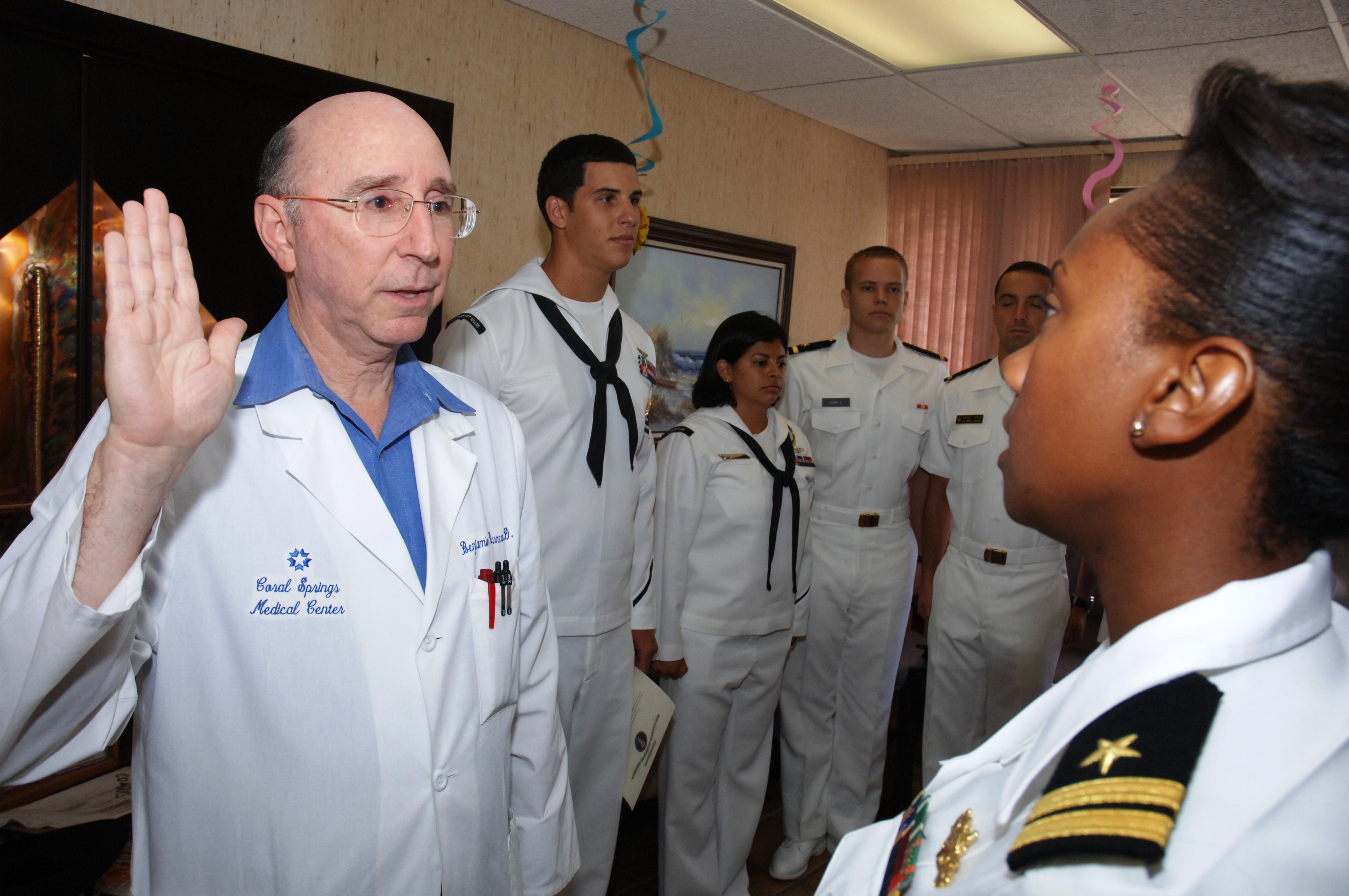
The chief of the Navy Reserve told a key Senate subcommittee that she is “only able to accept 25 percent of applications from separating [active] sailors” because of high retention rates in her command, but also that the reserve has had some trouble filling reserve billets for unrestricted line officers and medical professionals.
The reason for the shortfall, in part, was because of continued high retention of these officers in the active force, said Vice Adm. Robin Braun before the Senate Appropriations Subcommittee on Defense.
Recruiting medical officers “remains an even more significant recruiting challenge,” in part, because of higher pay in civilian life.
For the 58,000-member force celebrating its centennial year, Braun cited the toll taken by the high operating tempo on its aviation fleet.
“Aircraft recapitalization is our top priority,” she said.
In that regard, she specifically mentioned the C-40A cargo passenger aircraft recapitalization was needed.
Looking at the Marine Corps Reserve’s aviation procurement needs, Lt. Gen Richard Mills said they centered on the KC-130J Super Hercules and the RQ-21 Blackjack small tactical unmanned aerial system.
In his written statement, Mills also noted, “the longer the Reserve Component maintains both [C-130 models], the longer we must invest in legacy logistics, maintenance and aircrew training.”
As for the Blackjack unmanned aerial vehicle (UAV) for the Marine Corps, delays in buying the UAV creates a significant capability gap between the reserve and active force, Mills said.
On personnel, he told the committee that there were shortfalls in recruiting staff noncommissioned officers and junior officers. In written testimony, he noted the Marine Corps was meeting 99 percent of its recruiting goals for its reserve force and there was an 82 percent match of military occupational specialty and grade.
Mills reported to the panel that last year 1,100 Marine reservists were mobilized to meet combatant commanders’ requirements globally, and he expected 750 more would be called to meet those requirements this fiscal year.
At the same time 3,700 Marine reservists participated in 30 exercises around the globe in the past year.
Mills said in his written statement that his force will be reduced from 39,200 to 38,500 by Fiscal Year 2017, as part of the continuing drawdown the Marine Corps.





